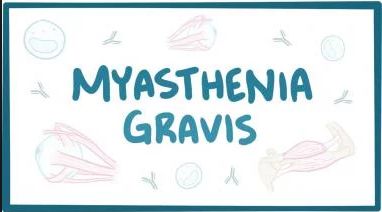Wound Gels: An Overview
Wound gels play a significant role in modern wound care management, offering an advanced approach to healing various types of wounds. This article provides an overview of wound gels, detailing their types, applications, benefits, and considerations for use.
Understanding Wound Gels
Wound gels are hydrophilic formulations designed to maintain a moist environment conducive to wound healing. They can absorb exudate, reduce pain, and protect the wound from external contaminants. These gels are typically used for treating burns, ulcers, surgical incisions, and other chronic or acute wounds.
Types of Wound Gels
Hydrogel Wound Dressings: These are water-based gels that provide hydration to dry wounds and absorb small amounts of exudate.
- Antimicrobial Gels: Containing agents like silver or iodine, they help in reducing the risk of infection in the wound.
- Analgesic Gels: Formulated with pain-relieving substances to reduce wound-related discomfort.
- Bioactive Gels: These contain growth factors, collagen, or other bioactive materials to promote tissue regeneration.
Applications of Wound Gels
Wound gels are versatile and can be used in various medical settings:
- Chronic Wounds: Such as diabetic ulcers, venous ulcers, and pressure ulcers.
- Acute Wounds: Includes cuts, abrasions, and surgical incisions.
- Burns: Helps in soothing and hydrating burn wounds.
- Dermatology: Used for skin irritations and minor wounds.
Benefits of Using Wound Gels
Wound gels offer several advantages over traditional wound care methods:
- Moisture Maintenance: Creates an optimal moist environment for wound healing.
- Pain Reduction: Soothes the wound area, reducing pain during dressing changes.
- Infection Control: Antimicrobial gels help in reducing the risk of wound infections.
- Easy Application and Removal: Gels are easy to apply and remove, causing minimal disturbance to the wound.
Factors to Consider When Choosing Wound Gels
Selecting the right wound gel depends on various factors:
- Wound Type and Severity: The choice of gel varies depending on whether the wound is dry, sloughy, infected, or deep.
- Patient Sensitivities: Consideration for allergies or sensitivities to components in the gel.
- Frequency of Dressing Changes: Some gels require more frequent changes than others.
- Cost-Effectiveness: Balancing the benefits of advanced gels with their costs.
Advancements in Wound Gel Technology
Recent advancements in wound care have led to the development of more sophisticated wound gels:
- Temperature-Responsive Gels: Change consistency with temperature, aiding in easier application and removal.
- Extended-Release Gels: Slowly release medications or moisture over time.
- Smart Wound Gels: Embedded with sensors to monitor wound conditions and healing progress.
Clinical Evidence and Research
Clinical studies and research play a crucial role in validating the efficacy of wound gels. Evidence-based practices ensure that gels are used appropriately and effectively in wound care management.
Patient Education and Care
Educating patients on proper wound care and the use of wound gels is vital. Instructions on application, monitoring for signs of infection, and when to seek medical advice are key components of patient education.
Challenges and Considerations
Challenges in the use of wound gels include addressing complex wounds, managing costs, and ensuring adherence to treatment regimens. Ongoing research and development aim to address these challenges by creating more effective and accessible wound-care solutions.
Wound gels represent a significant advancement in wound care, offering an effective and patient-friendly approach to managing a variety of wound types. Their ability to maintain a moist healing environment, control infection, and reduce pain makes them a valuable tool in wound management. As research continues to advance, the potential of wound gels in improving patient outcomes and quality of life is substantial.





